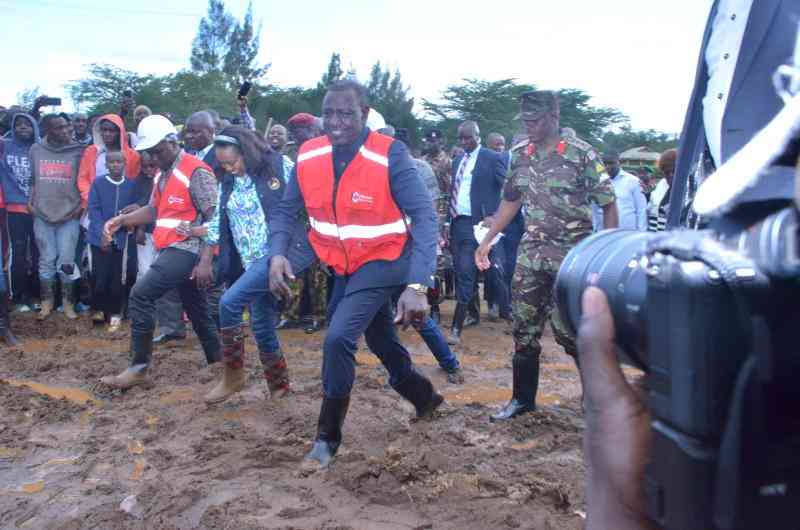×
The Standard e-Paper
Read Offline Anywhere

Kenya has in the past acted spontaneously in dealing with many national disasters but never before has a government dithered in the manner President William Ruto's administration has responded to the ongoing devastating floods.
In August 1998, President Daniel Arap Moi was quick to reach the scene of the US embassy terrorist attack and immediately organised rescue operations for the victims.